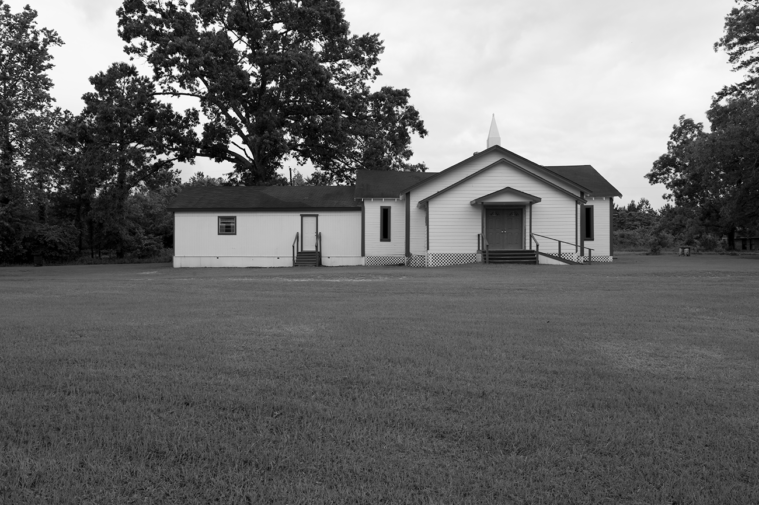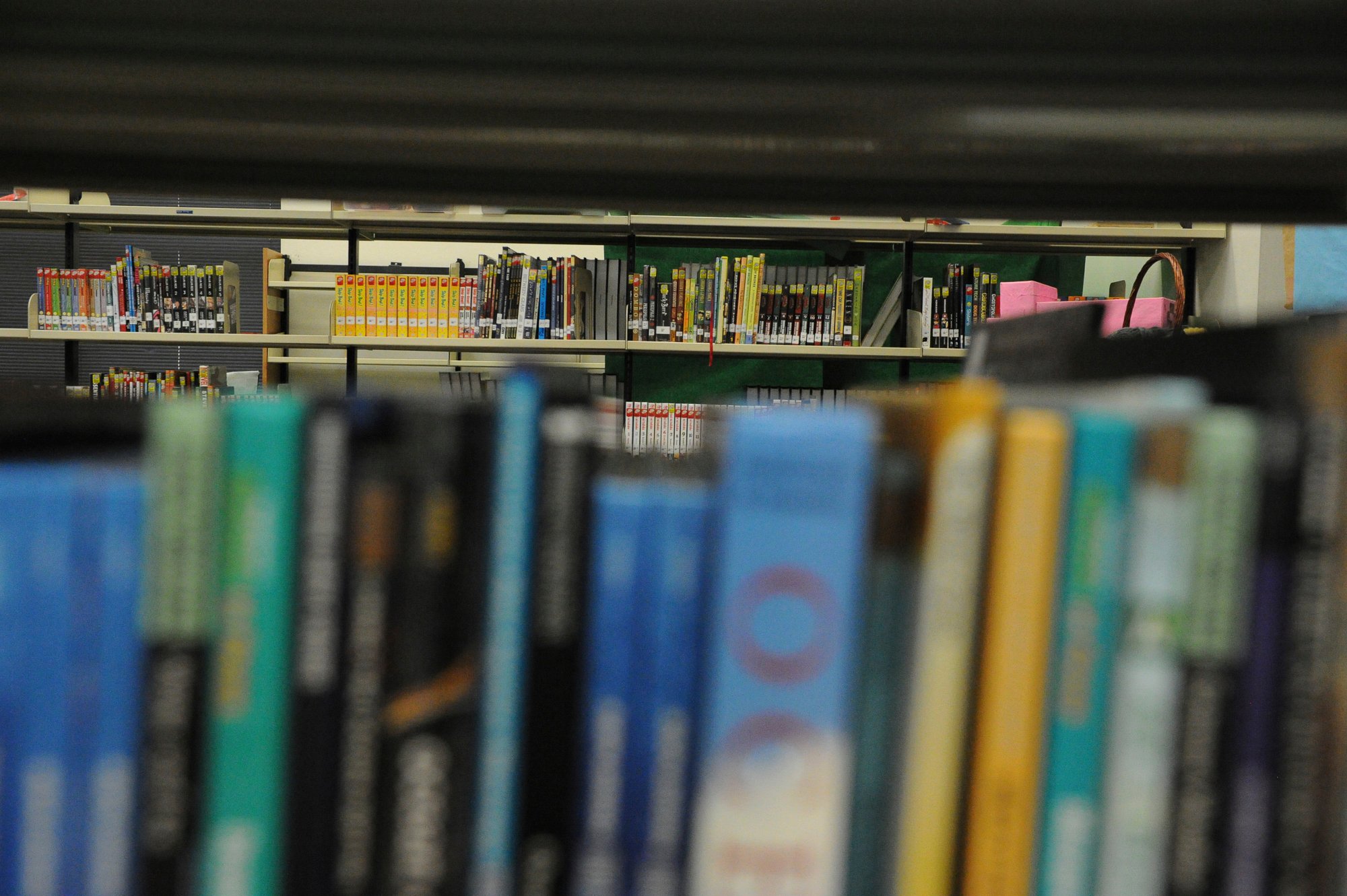
On Daily Life in County Line, A Former Freedmen’s Colony
Beatrice Upshaw’s memoir A Biscuit For Your Shoe seeks to preserve the history and heritage of one of East Texas’ first freedmen’s colonies.
Above: A portrait of Beatrice Upshaw from 1976.
A long time ago, or so it seems, I went to County Line for the first time and met the Upshaw family. County Line, also known as the Upshaw Community, is in northwest Nacogdoches County in Deep East Texas. That was 1988. I was looking for a photo project to do in East Texas while visiting my parents in Nacogdoches. A family friend told me about African American land-owner communities dating from the Emancipation, places established by emancipated African Americans on land they owned.
My curiosity took me to County Line, the day after Thanksgiving in 1988. There I met Edward Monel and Leota Ruelene Freeman Upshaw, otherwise known as “Butch” and “Oti,” and they agreed to let me to come to their home. Beatrice Upshaw is the twelfth of the thirteen children raised by Monel and Leota. In the early ’90s she gave me a manuscript of her personal memoir about growing up in County Line that she called A Biscuit for Your Shoe.
By recounting numerous experiences growing up in County Line as a child, Beatrice Upshaw not only conveys a strong sense of place, but tells us a lot about her community as intimately connected families growing out of unique origins.
The Texas Freedom Colony Project, founded by Andrea Roberts, assistant professor of landscape architecture and urban planning at Texas A&M, aims to create a database of Freedom Colonies throughout Texas. This database would make concrete the existence of places, some now gone, that never had any “legal” existence since they were unincorporated. Such a database would serve as basis for further research about these real “places” that have been largely unacknowledged in our history books.
Places with origins similar to County Line still exist all over East Texas and the rest of the South. And they all face the same questions: What must we do to keep our history alive? What will happen when the last generation to be born and raised in our community is gone? How will we keep our land?
This has been edited for length and clarity from the book’s introduction, by photographer Richard Orton.

Excerpted from chapter four, A Biscuit for Your Shoe: “Church Establishments,” by Beatrice Upshaw
As I think back, I realize that getting prepared to go to church was a cultural undertaking in and of itself. We were a long way from wealthy so we had to “make do.” These days most of us would hesitate to admit some of the things we “made do” with back then, let alone try them. Someone on Oprah’s show just the other day mentioned eating Vick’s salve for colds. They said you should not do it, but if the stuff was bad for you, we would all be dead. It was all part of our local culture.
For breakfast on Sundays Mama usually fried a big batch of chicken. This was served with homemade biscuits, rice, and gravy. We ate like hogs before getting dressed. Mama always made the Sunday dessert on Saturday afternoon, often baking a cake in her huge, stainless steel roasting pan. Mama would prepare the rest of Sunday dinner as she made breakfast. The meal was reheated when we returned from church.
After breakfast we began getting ready for church. We pressed our clothes the day before. Mama did not allow us to iron on Sunday, but for some inexplicable reason it was fine to polish shoes on Sunday. Our black patent-leather Sunday shoes were shiny due to their factory finish. Patent leather is always shiny, but to really gloss them we used a biscuit leftover from breakfast. We took a cold biscuit and briskly rubbed it into the leather. The shortening in the biscuits made the shoes really glisten. The only problem was that if we walked to church, the shortening also attracted the red sandy dust to our shoes. We solved this by always carrying a rag with us. Once we got inside the church we whipped out the rag and dusted our shoes off, refreshing that wonderful shine.
A funny thing about those biscuits: if they were particularly tasty, our shoes oddly didn’t need much shining. If the biscuits weren’t that great, it was, “Boy, are my shoes dull!” That took care of the rest of the biscuits and saved us from having to eat them.
Our shoes were not the only things shining—our legs and faces were as well. We achieved this shine by smearing them with small amounts of tallow. Tallow is rendered pork fat. No wonder the dogs were always following us.
Sunday school started promptly at 9:45. There were separate classes for the adults (them) and the children (us). Cousin Puff taught the children’s class for several years while she lived in the community.
Uncle N. E.’s youngest daughter, Anita (Puff), grew up in County Line but had married and moved away. She came back to be near her parents while her husband did duty in Korea. After he came home they moved away again. From that point on, we either taught ourselves or joined in with the adult class.
As time wore on, we young ’uns became a more integral part of the adult classes. One of us often served as Sunday school secretary. We wrote and read the minutes or Sunday school report. It was an honor. The church minutes have hardly changed through the years. Minutes and Sunday school reports—a record of each Sunday school session—are still handwritten, either in a ledger or a regular school-style spiral notebook. Our minutes tended to be long and wordy documents written to showcase our writing talent. Once we took over the duties of keeping them we never abbreviated or wrote anything other than grammatically and politically correct statements. No “moved in second” for us. “Moved in second” is a corruption of the parliamentary term “moved and seconded.” It is sometimes seen in earlier church minutes because of either ignorance or tradition, or perhaps it was written by the “traditionally ignorant.”
At this time the church secretary is Sis. Claudia Maye Joyce (formerly Claudia Maye Ross). The treasurer is Sis. Gertie Lee Ruffin. Deacon Monel Upshaw still serves as Sunday School Superintendent, after about a hundred years in the position. Sis. Ruffin’s husband Willie Ray (B) is the Assistant Superintendent. The superintendents use the little chrome and black dinner bell to dismiss classes and to bring meetings to order. The bell has been in service longer than I can say. It is one of the few original icons of past church history remaining.
The church has been remodeled and reoutfitted. The old homemade pulpit is gone and the homemade benches were given away or stored. Standing in their stead is a traditional pulpit finely crafted of lustrous solid maple. The new pews are equally luxuri- ant, with solid foam, built-in cushions and color-coordinated covers. The church has central heat and air now, so the cardboard hand fans are seldom used. Carpet and new sub-flooring replaced the three-inch pine planks of yesteryear. Before the remodel, there were several places in the floor where the pine knots had fallen away; you could see the ground beneath the church. No more!
It’s much different now. I admit that I don’t really miss going “down” to the ladies’ restroom. This was a rather fancy outhouse, but an outhouse nonetheless.
No, the things I miss aren’t things at all: I miss the people who were the church’s foundation. Although the sub-flooring may turn to 3/4-inch plywood and the three-inch pine planks may turn into blue dense cut-pile carpet with stain resistance, there will never come a time when the true foundation of the church will be remodeled. It will always be what it always was and the memories will always be held within those hallowed walls.
The fact that our ancestors were able to establish and build a church fresh out of slavery and that we are able to maintain and improve it is a tribute to them, not to us. We are what we are because of what they were made of. One of the reasons these few scribbles were set down was so that we never forget.


